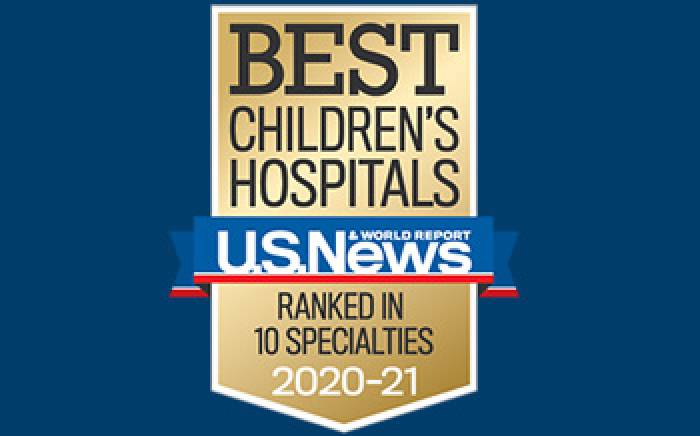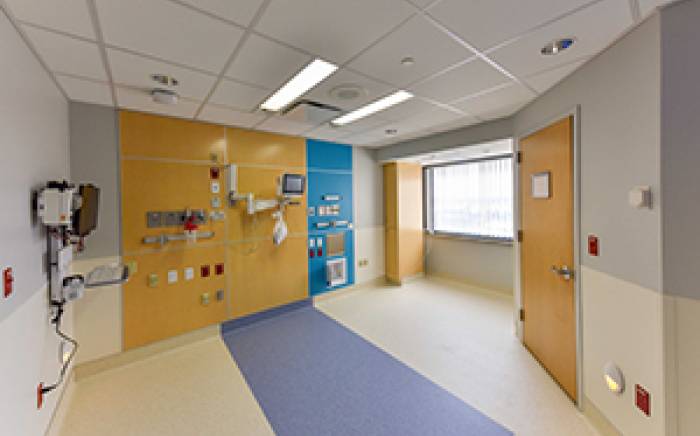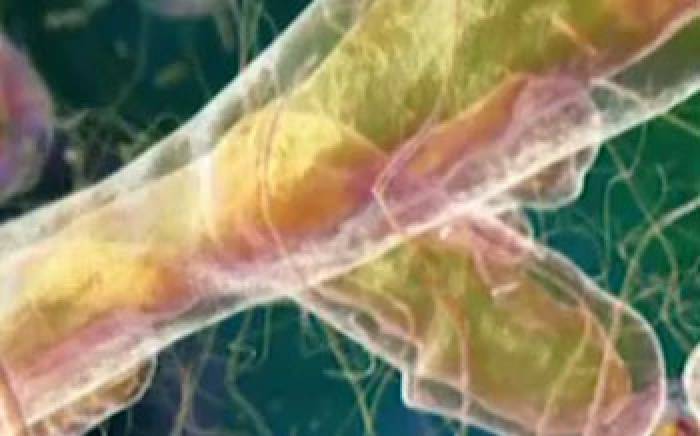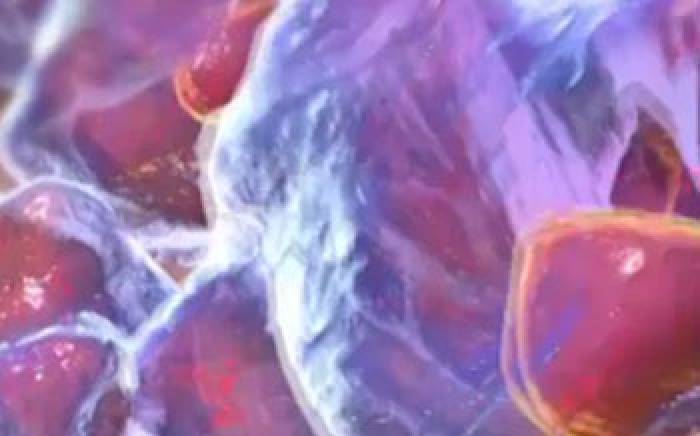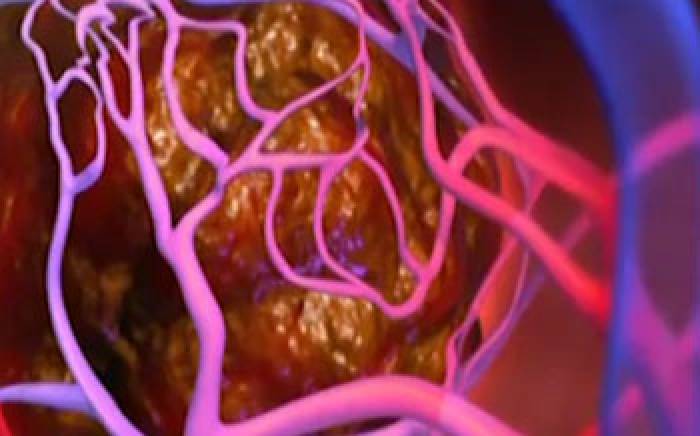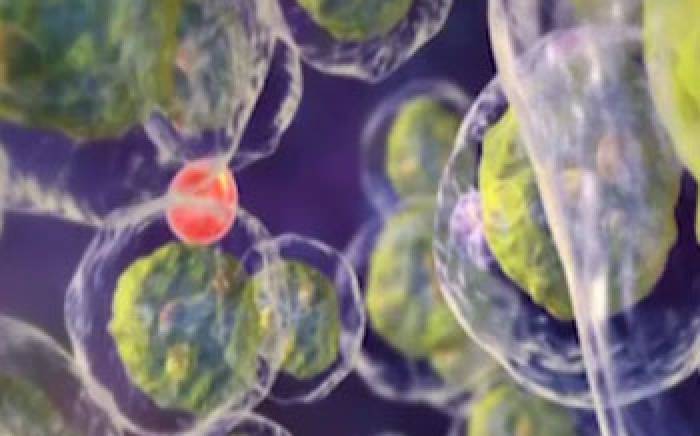Inside the hollow area of the bones is a spongy core called bone marrow. It is here, that stem cells are produced. Stem cells are immature cells that can develop into components of blood: red blood cells, which carry oxygen to the body; white blood cells or lymphocytes, which fight infection; and platelets, which helps blood to clot.
Acute Lymphocytic Leukemia (ALL) is a cancer of the stem cells in the bone marrow that produce lymphocytes. The term “acute” means the cancer cells multiply rapidly, crowding out the normal cells in the blood and bone marrow. In addition, as the number of unhealthy lymphocytes in the blood and bone marrow increases, fewer red blood cells and platelets are produced. If the bone marrow is unable to produce enough healthy lymphocytes, the patient will be unable to fight infections.
The leukemia cells can travel in the blood stream, or metastasize to other organs in the body where they can begin to form additional tumors. Common symptoms of ALL include persistent fever, fatigue, bleeding, easy bruising, and swollen lymph nodes.
Chemotherapy is the first line of treatment, aimed at destroying the leukemia cells and allowing normal blood cells to grow. Radiation therapy, biologic therapy, and bone marrow transplantation may also be used if chemotherapy is unsuccessful. Acute lymphocytic leukemia is the most common cancer in young children. However, nearly 80% of all children with ALL can be cured.



